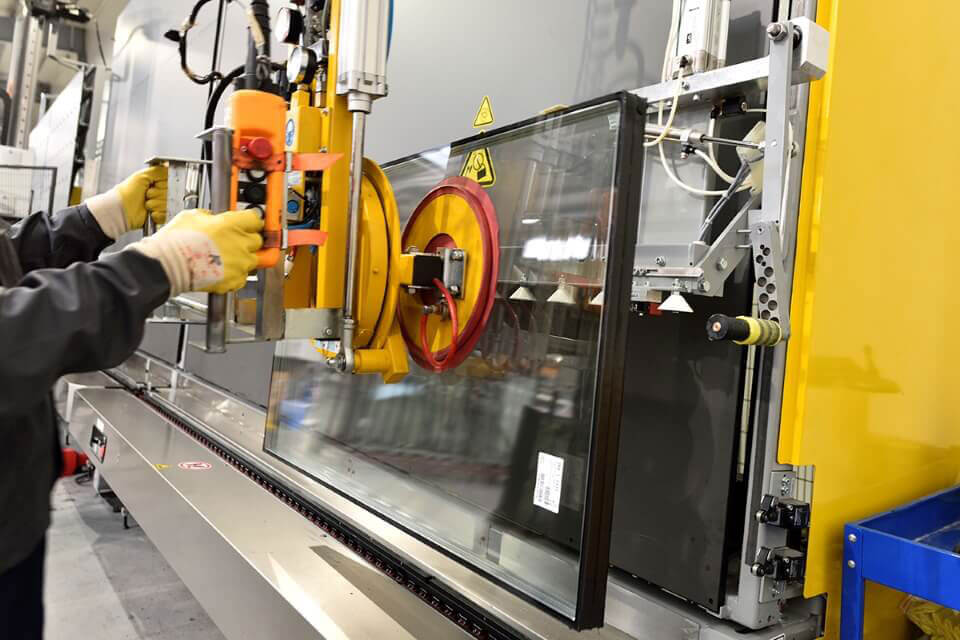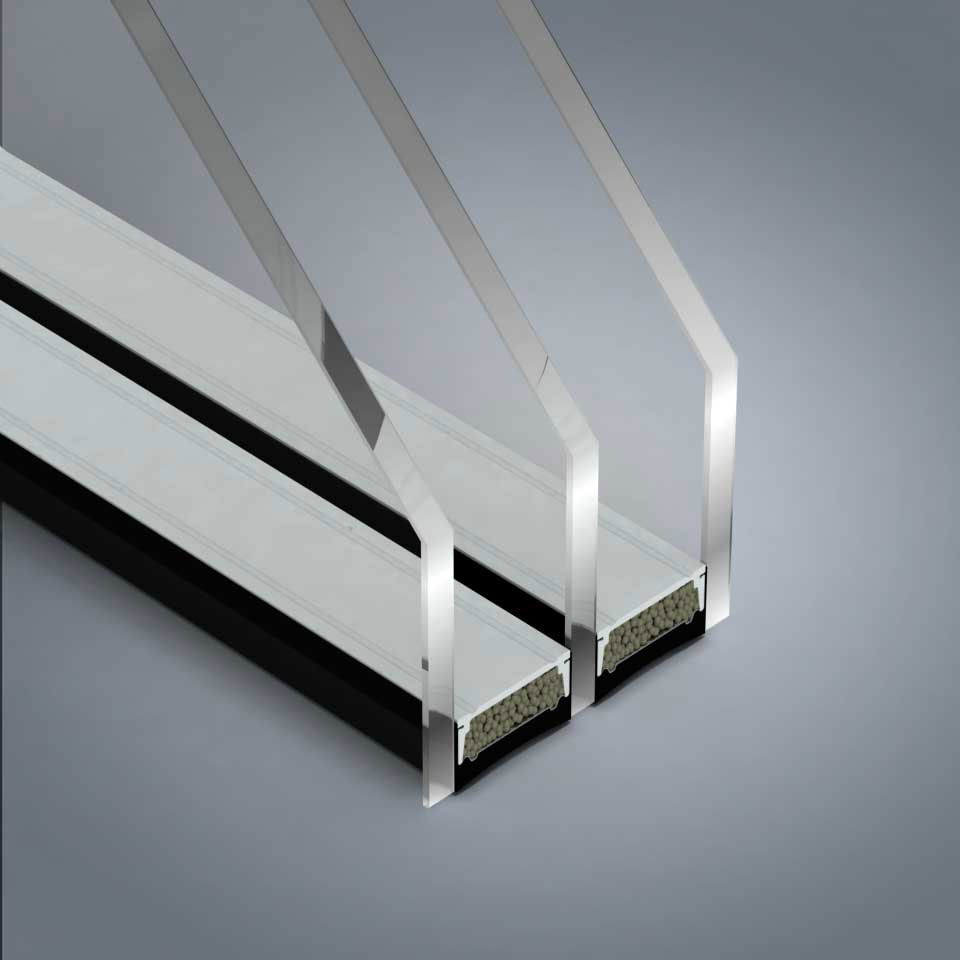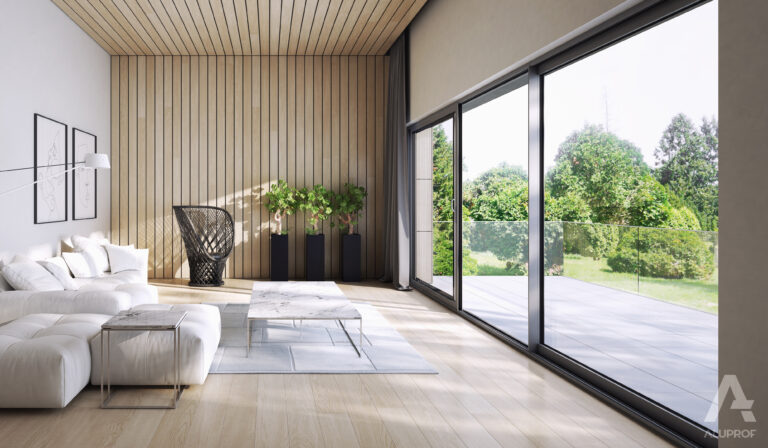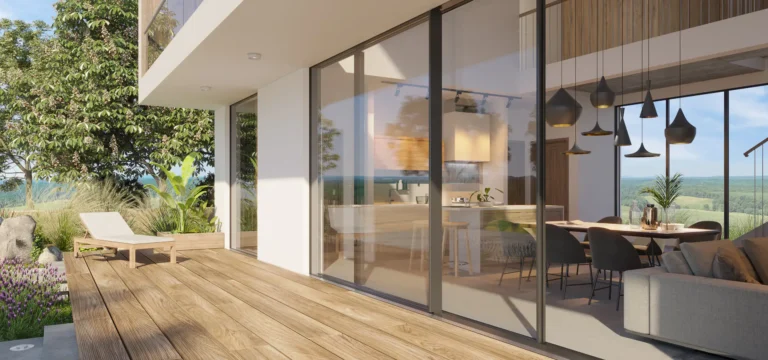How is glazed unit constructed?
Glazed units consist of at least two panes of glass separated by a spacer bar. The spaces between the individual panes are usually filled with argon or krypton. The spacer bar contains a molecular sieve, a moisture-absorbing material. Its task is to ensure that the gas filling the chambers between the panes is sufficiently dry. The whole glazed unit is double sealed. The first stage of sealing involves the use of butyl to bond the glass to the spacer bar. It prevents water vapour from penetrating into the spaces between the glass panes. A second level of sealing can be provided by polyurethane, for example. This results in a permanent seal of the entire glazed unit.

Thermal insulation glass – what is it?
The basic type of glass used in insulating glazed units is float glass. Low emissivity coatings are used to provide the glazed unit with the appropriate thermal parameters, i.e. the lowest possible heat transfer coefficient. In the case of double glazing, which consists of two panes of glass, the coating is on the pane which is closer to the interior (third position). Triple glazed units require two low emissivity coatings (in the second and fifth position). Glazings with low emissivity coatings (also known as thermo coatings) are referred to as thermal insulating glass.
See the parameters of our SUPERtermo 0.5 triple-glazed unit.

What parameters characterise glazed units?
The properties of the various glazed units can be compared using various parameters, e.g:
- U g – heat transfer coefficient,
- g – solar heat gain coefficient,
- L t – light transmission coefficient,
- Rw (C;Ctr) – noise reduction coefficient.
These parameters make it possible to choose a glazed unit that will meet the needs of its future user. For example, occupants of houses located in a noisy neighbourhood may pay attention to the high value of the noise reduction coefficient. On the other hand, those who want as much natural light as possible to enter their home should opt for a high light transmission coefficient.
Find out more about window cleaning.
Glazed units – types
Depending on their construction and parameters, glazed units can perform various functions. Glazed units with a low solar heat gain coefficient are referred to as sun protective. Those which have a high noise reduction coefficient belong to the sound-insulating glazings group. When a standard pane of glass is replaced by two panes with a PVB interlayer, we speak of laminated glass. Glazed units with this type of glass can be safety or anti-burglary. It is also worth noting that one of the panes of glass can be ornamental glass, which gives the whole construction a unique appearance.



